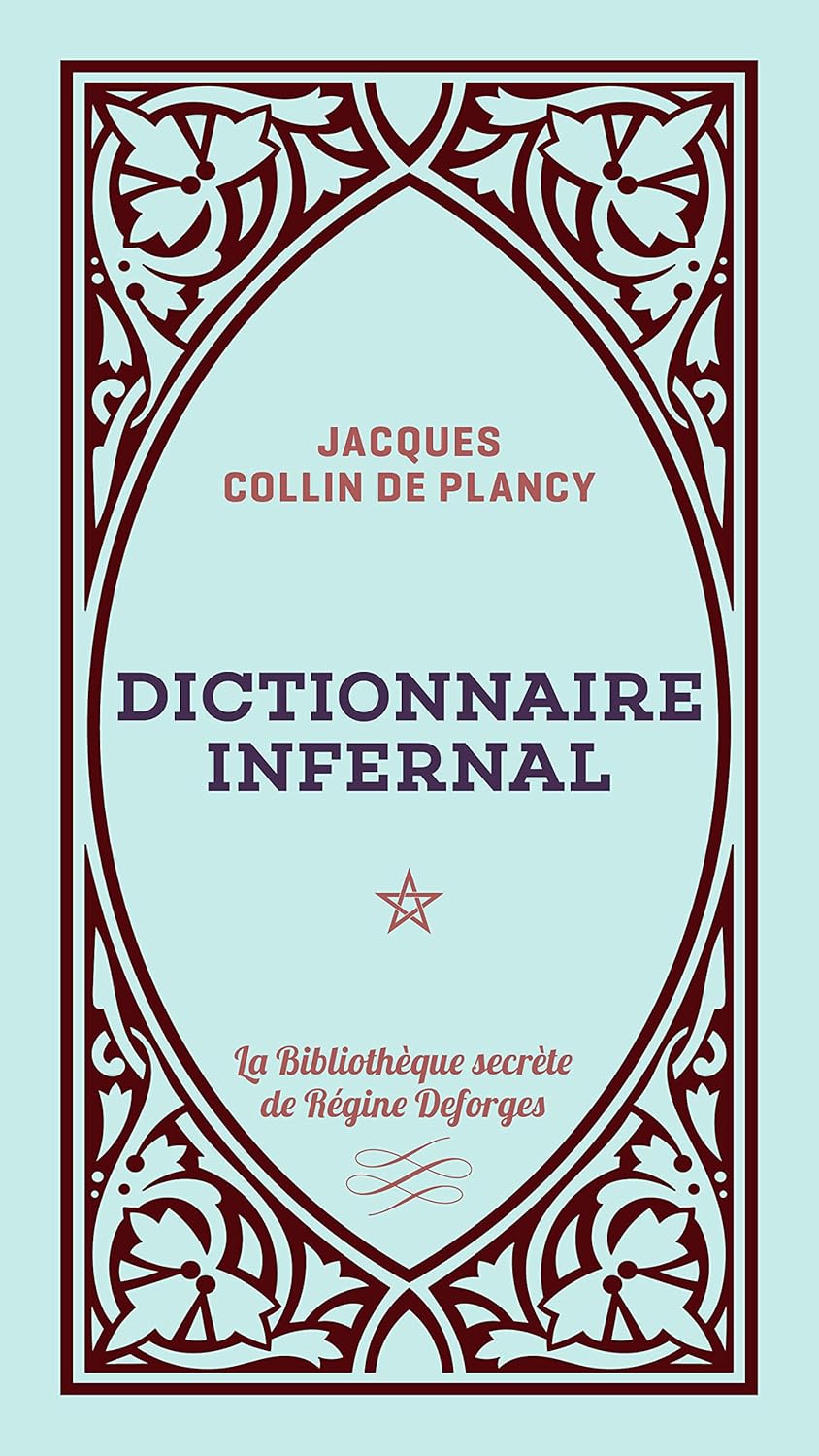About this deal
For the rationalist lexicographer this means that mastery of rhetoric and syntax can affect our lives through the ability to explicate and convince; for the wizard this means that the magic of words can conjure alteration. There, between the entry for a seventeenth-century Anglican theologian named Assheton and one for the Levantine goddess Astarte, is the demon Astaroth.
And it’s a good thing he did, as the bizarre images that accompanied the text are some of the most indelible depictions of demons ever created. The Phoenician god Ba’al, from whom Collin de Plancy’s Bael derives his name, was associated with all manner of idolatries and blasphemies, and is also the inspiration for that other lieutenant of hell, Belzebuth (or Beelzebub), the trusted advisor of Lucifer whose name appears in the records of exorcists from Loudun to Salem.
He also aimed to provide instruction on both the history and the practical utility of the more exalted among Satan’s minions. As depicted by the French artist Louis le Breton for his fellow countryman Jacques-Albin-Simon Collin de Plancy’s Dictionnaire infernal, Astaroth is a skinny man with reptilian claws punctuating long hands and feet, hobbled over on the back of a lupine demon sporting a massive pair of bat wings and a serpentine tail. It is one of the most comprehensive and influential works on the subject, containing entries on demons, occult phenomena, and superstitions. Theologians should leave to the poets the depiction of Hell, and not themselves seek to frighten minds with hideous paintings and appalling books" (p.
For a thousand different people they will have the same result; and consulted twenty times about the same subject, they will produce twenty contradictory productions" (p. We don’t share your credit card details with third-party sellers, and we don’t sell your information to others. It lists, describes, and provides illustrations of a variety of demons, including most of the Goetia, as well as demons pulled from other religions, such as Hinduism, and re-branded as Christian demons. It also covered a wide range of topics related to the occult, such as magic, divination, grimoires, folklore, and superstitions.
Indeed it was not just a plebeian name, but one with positively republican associations, for Collin de Plancy’s maternal uncle was none other than George Danton, the radical president of the Committee on Public Safety who, like so many of his fellow Jacobins, ultimately found his severed head looking up at the guillotine blade one morning in the month of Germaine.
The 103 third parties who use cookies on this service do so for their purposes of displaying and measuring personalized ads, generating audience insights, and developing and improving products. Perhaps for Collin de Plancy, born almost two centuries later amidst the convulsions of revolution, the thin, reptilian demon with the aristocratic bearing still represented some of the dangers of the new learning, for Astaroth “willingly answers the questions he is asked about the most secret things, and . Altogether, Louis Breton executed 550 illustrations including a set of 72 depictions of demons, which were published by J. This influence is most clearly seen in the sixth and final 1863 edition of the book, which is decorated with many engravings and seeks to affirm the existence of the demons.citation needed] In later years, De Plancy rejected and modified his past works, thoroughly revising his Dictionnaire Infernal to conform with Roman Catholic theology. In both cases, words have the power, if they’re properly organized, to change the world for better or for worse. His face — described by Collin de Plancy as that of a “very ugly angel” — is rendered by le Breton as thin and effete, almost equine, with eyes dismissive and uncaring, a slight sneer of cold command. Not an entirely inappropriate connection, for the Dominican inquisitor Sebastian Michaelis, who classified the demons he encountered as an exorcist at the infamous monastery of Loudun in the seventeenth century, associated Astaroth with the new rationalist philosophies that were just being born in France.
Perhaps in reaction to that affair, he added the aristocratic “de Plancy” to his otherwise plebeian name. The text and images of the spirits, from the 1863 edition are presented here, in this Infernal Dictionary. Then there is Bael, “the first king of hell” who has “three heads, one of which has the shape of a toad, the other that of a man, and the third of a cat”, to which le Breton made the fine addition of a number of fur-covered arachnid legs.Many articles written in the Dictionnaire Infernal illustrate the author's vacillation between rationalism, faith, and willingness to believe without evidence.
Related:
 Great Deal
Great Deal 